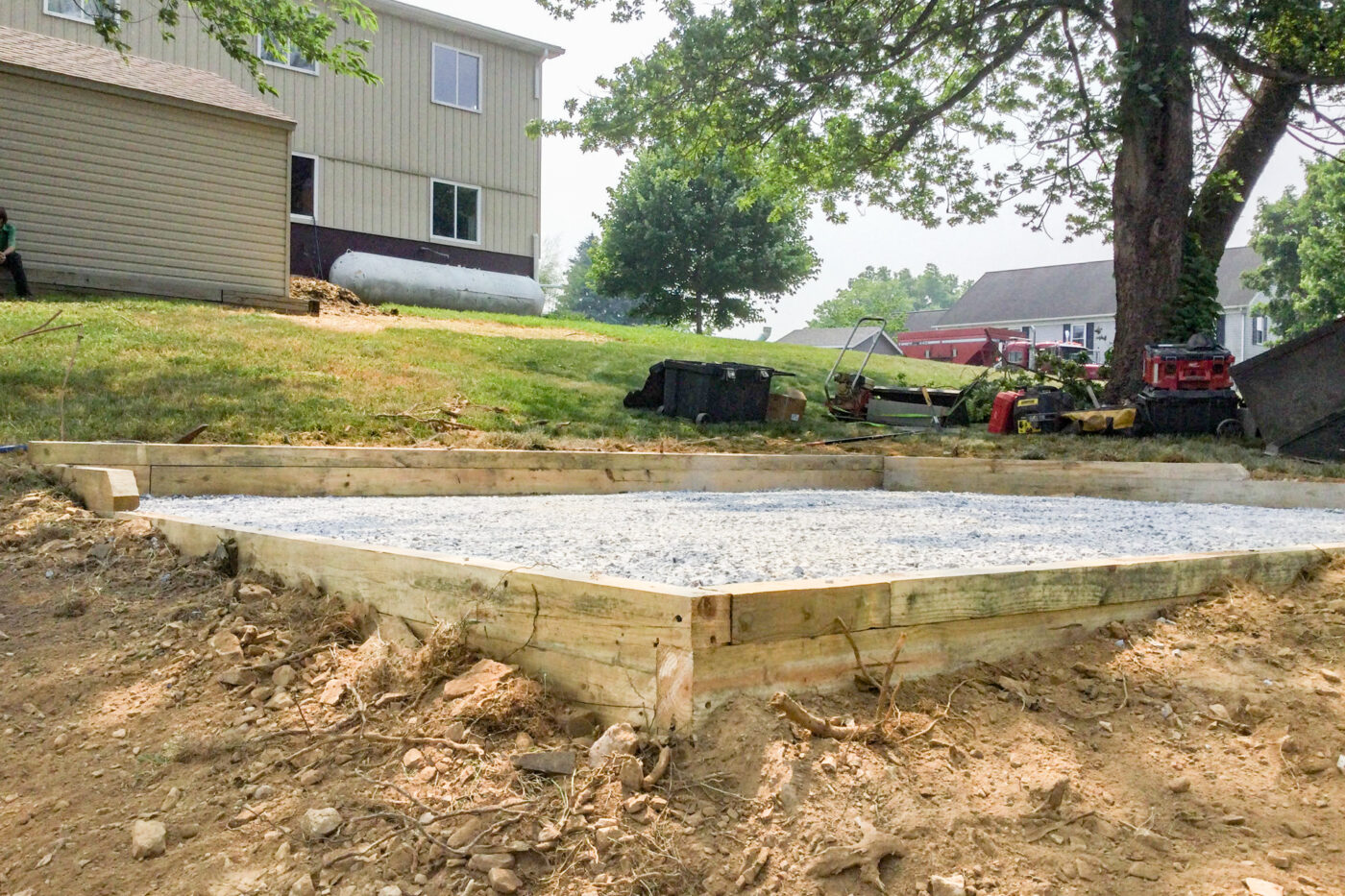A gravel foundation is a practical and budget-friendly choice for supporting backyard sheds. Its affordability, ease of installation, and excellent drainage make it a go-to option for many homeowners. This article delves into the advantages, potential challenges, and step-by-step process of creating a gravel shed foundation, along with tips to ensure its durability and suitability.
Advantages of a Gravel Shed Foundation
Gravel foundations offer several benefits that make them an appealing option for shed bases:
-
Affordability: Gravel is significantly cheaper than concrete or paver foundations, keeping costs low.
-
Excellent Drainage: The porous structure allows water to pass through, preventing pooling and moisture damage.
-
Simple Installation: Requires minimal tools and skills, making it ideal for DIY projects.
-
Adaptability: Easy to adjust or expand to accommodate different shed sizes or future changes.
While gravel is versatile, its suitability depends on the shed’s size, weight, and site conditions.
Can Gravel Support Your Shed?
Gravel foundations are well-suited for small to medium sheds (up to 12x10 feet) used for storage or light equipment. They provide adequate support for lightweight structures but may require reinforcement for heavier sheds, such as those used for workshops or housing heavy machinery. Always review the shed manufacturer’s foundation requirements, as some larger models may need a more rigid base, like concrete.
How to Construct a Gravel Shed Foundation
Building a stable gravel foundation requires careful preparation to ensure a level and durable base. Follow these steps:
-
Choose the Location: Select a flat, well-draining site to avoid water accumulation. Steer clear of areas prone to flooding or heavy runoff.
-
Mark and Excavate: Outline the shed’s footprint, adding 6-12 inches on each side for a border. Dig down 4-6 inches, removing grass, roots, and rocks.
-
Add a Border: Use pressure-treated wood, plastic edging, or concrete blocks to contain the gravel and maintain its shape.
-
Lay the Base Layer: Spread a 3-inch layer of crushed stone (¾-inch or larger) and compact it thoroughly with a tamper or plate compactor.
-
Top with Fine Gravel: Add a 1-2 inch layer of smaller gravel (pea gravel or ¼-inch stone) and level it with a rake for a smooth surface.
-
Compact and Check Level: Compact the top layer and use a spirit level to ensure the surface is even. Adjust as needed to prevent tilting.
-
Optional Support: For heavier sheds, place concrete blocks or pressure-treated skids on the gravel to distribute weight evenly.
-
Install the Shed: Position the shed on the pad and secure it with anchors or straps, especially in windy regions.
Important Considerations for Gravel Foundations
To ensure a gravel foundation performs well over time, keep these factors in mind:
-
Load Capacity: A minimum 4-inch gravel depth is recommended for most sheds. Heavier structures may need a thicker base or additional supports.
-
Soil Conditions: Loose or clay-heavy soils may require a geotextile fabric under the gravel to prevent sinking or mixing with the ground.
-
Climate Impact: In areas with freeze-thaw cycles, ground movement can disrupt the gravel. A deeper base and proper compaction help minimize shifting.
-
Maintenance Needs: Gravel pads may need periodic re-leveling or additional gravel to maintain a smooth, stable surface.
Enhancing Your Gravel Foundation
To boost stability or functionality, consider these enhancements:
-
Concrete Blocks or Piers: Place blocks on the gravel to create a raised platform for better weight distribution.
-
Wooden Skids: Add pressure-treated skids for a portable foundation that enhances stability.
-
Paver Overlay: Top the gravel with concrete or brick pavers for a more polished and durable surface.
These additions can improve the foundation’s strength while maintaining gravel’s drainage benefits.
Alternatives to Gravel Foundations
If a gravel pad isn’t ideal for your shed, consider these alternatives:
-
Concrete Slab: Provides unmatched stability but is costly and permanent.
-
Paver Foundation: Offers a more aesthetic and stable base, though more expensive than gravel.
-
Plastic Grid Base: Lightweight and eco-friendly, but less suitable for heavy sheds.
Choose based on your shed’s size, intended use, and local conditions.
Conclusion
A gravel foundation https://www.siteprep.com/gravel-stone-pad/ is an excellent choice for homeowners seeking an affordable, durable, and easy-to-install shed base. With proper site preparation, adequate gravel depth, and optional reinforcements, a gravel pad can reliably support small to medium sheds while preventing moisture issues.









Comments (0)